Quansheng Guan
Ultrasonic Backscatter Communication for Implantable Medical Devices
Feb 14, 2022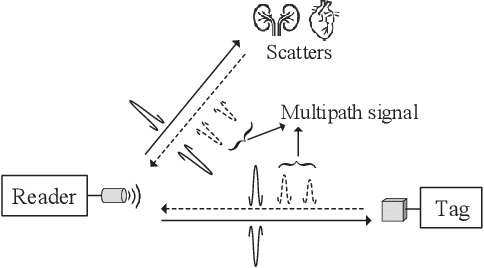
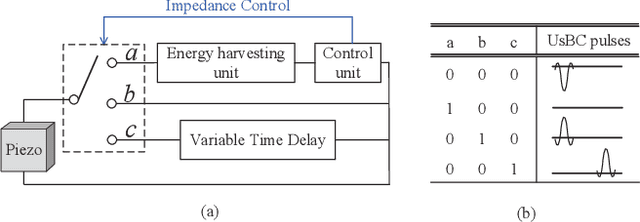
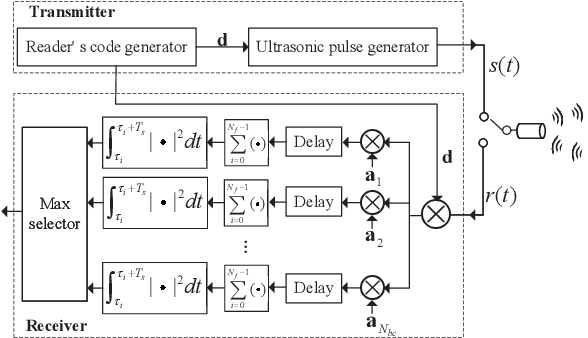
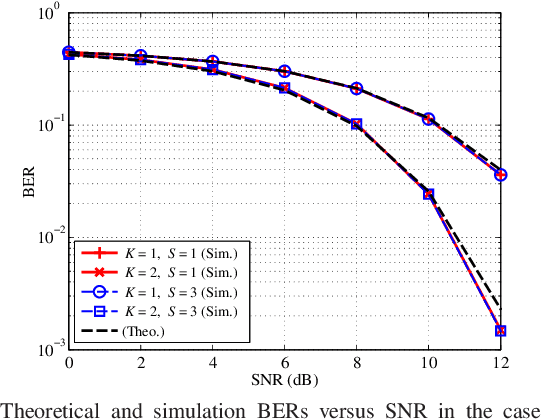
Abstract:This paper proposes an ultrasonic backscatter communication (UsBC) system for passive implantable medical devices (IMDs) that can operate without batteries, enabling versatile revolutionary applications for future healthcare. The proposed UsBC system consists of a reader and a tag. The reader sends interrogation pulses to the tag. The tag backscatters the pulses based on the piezoelectric effect of a piezo transducer. We present several basic modulation schemes for UsBC by impedance matching of the piezo transducer. To mitigate the interference of other scatters in the human body, the tag transmits information bits by codeword mapping, and the reader performs codeword matching before energy detection in the reader. We further derive the theoretical bit-error rate (BER) expression. Monte Carlo simulations verify the theoretical analysis and show that passive UsBC can achieve low BER and low complexity, which is desirable for size- and energy-constrained IMDs.
Federated Meta Learning Enhanced Acoustic Radio Cooperative Framework for Ocean of Things Underwater Acoustic Communications
May 24, 2021



Abstract:Sixth-generation wireless communication (6G) will be an integrated architecture of "space, air, ground and sea". One of the most difficult part of this architecture is the underwater information acquisition which need to transmitt information cross the interface between water and air.In this senario, ocean of things (OoT) will play an important role, because it can serve as a hub connecting Internet of things (IoT) and Internet of underwater things (IoUT). OoT device not only can collect data through underwater methods, but also can utilize radio frequence over the air. For underwater communications, underwater acoustic communications (UWA COMMs) is the most effective way for OoT devices to exchange information, but it is always tormented by doppler shift and synchronization errors. In this paper, in order to overcome UWA tough conditions, a deep neural networks based receiver for underwater acoustic chirp communication, called C-DNN, is proposed. Moreover, to improve the performance of DL-model and solve the problem of model generalization, we also proposed a novel federated meta learning (FML) enhanced acoustic radio cooperative (ARC) framework, dubbed ARC/FML, to do transfer. Particularly, tractable expressions are derived for the convergence rate of FML in a wireless setting, accounting for effects from both scheduling ratio, local epoch and the data amount on a single node.From our analysis and simulation results, it is shown that, the proposed C-DNN can provide a better BER performance and lower complexity than classical matched filter (MF) in underwater acoustic communications scenario. The ARC/FML framework has good convergence under a variety of channels than federated learning (FL). In summary, the proposed ARC/FML for OoT is a promising scheme for information exchange across water and air.
A Splitting-Detection Joint-Decision Receiver for Ultrasonic Intra-Body Communications
Jan 05, 2021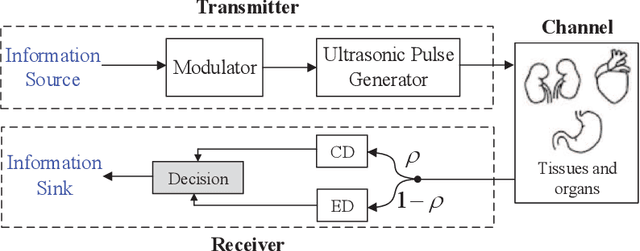
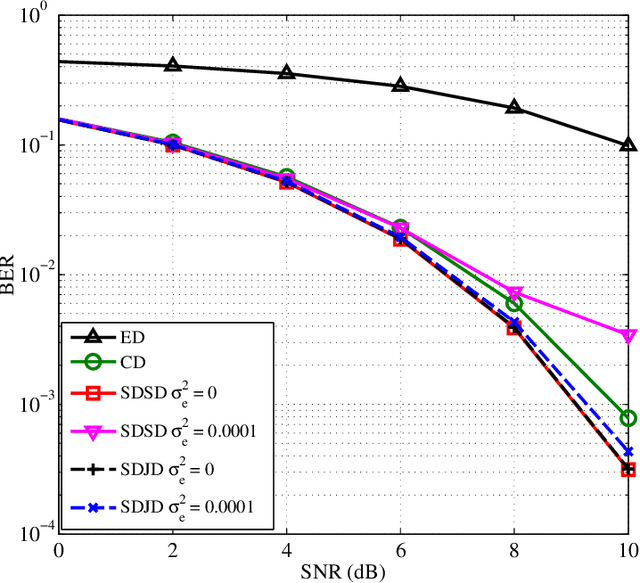

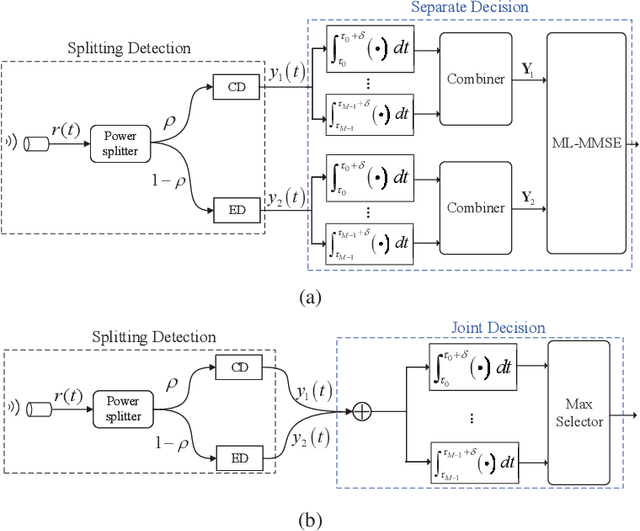
Abstract:Ultrasonic intra-body communication (IBC) is a promising enabling technology for future healthcare applications, due to low attenuation and medical safety of ultrasonic waves for the human body. A splitting receiver, referred to as the splitting-detection separate-decision (SDSD) receiver, is introduced for ultrasonic pulse-based IBCs, and SDSD can significantly improve bit-error rate (BER) performance over the traditional coherent-detection (CD) and energy detection (ED) receivers. To overcome the high complexity and improve the BER performance of SDSD, a splitting-detection joint-decision (SDJD) receiver is proposed. The core idea of SDJD is to split the received signal into two steams that can be separately processed by CD and ED, and then summed up as joint decision variables to achieve diversity combining. The theoretical channel capacity and BER of the SDSD and SDJD are derived for M-ary pulse position modulation (M-PPM) and PPM with spreading codes. The derivation takes into account the channel noise, intra-body channel fading, and channel estimation error. Simulation results verify the theoretical analysis and show that both SDSD and SDJD can achieve higher channel capacity and lower BER than the CD and ED receivers with perfect channel estimation, while SDJD can achieve the lowest BER with imperfect channel estimation.
 Add to Chrome
Add to Chrome Add to Firefox
Add to Firefox Add to Edge
Add to Edge